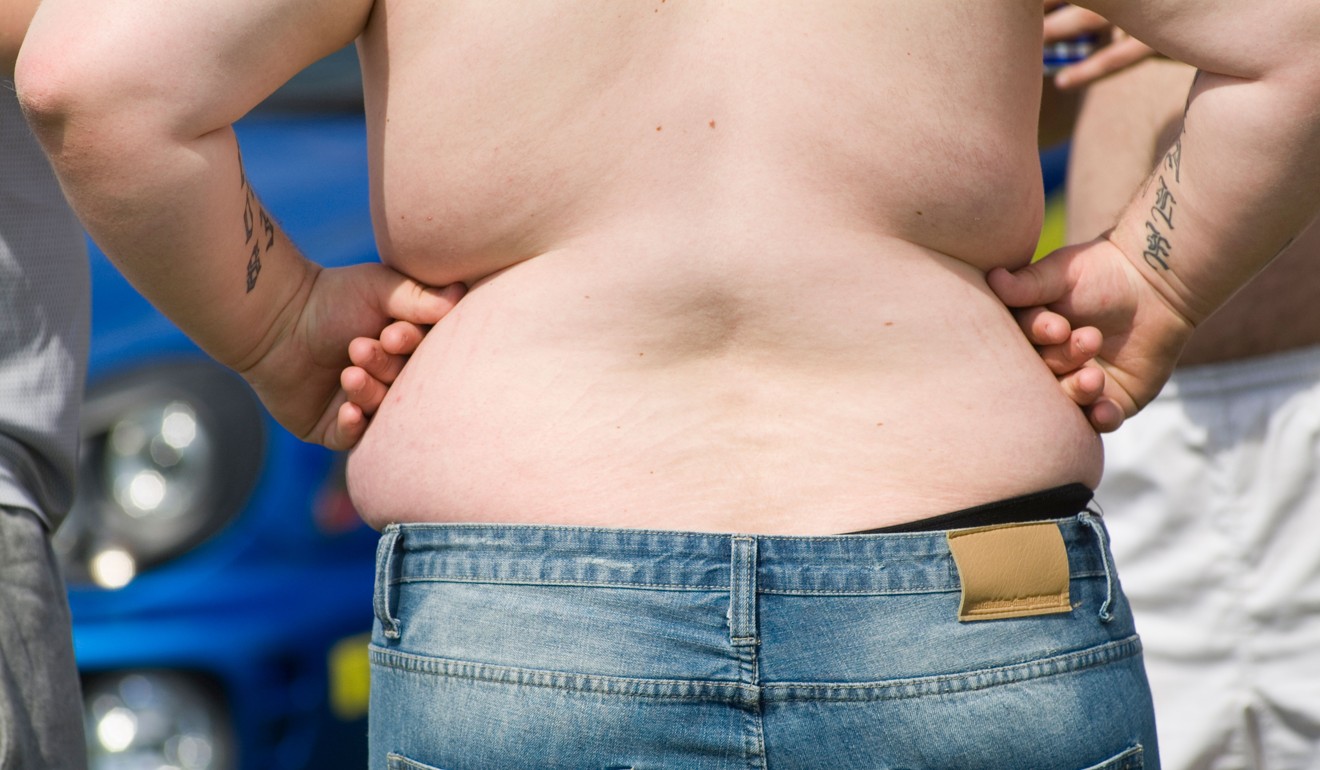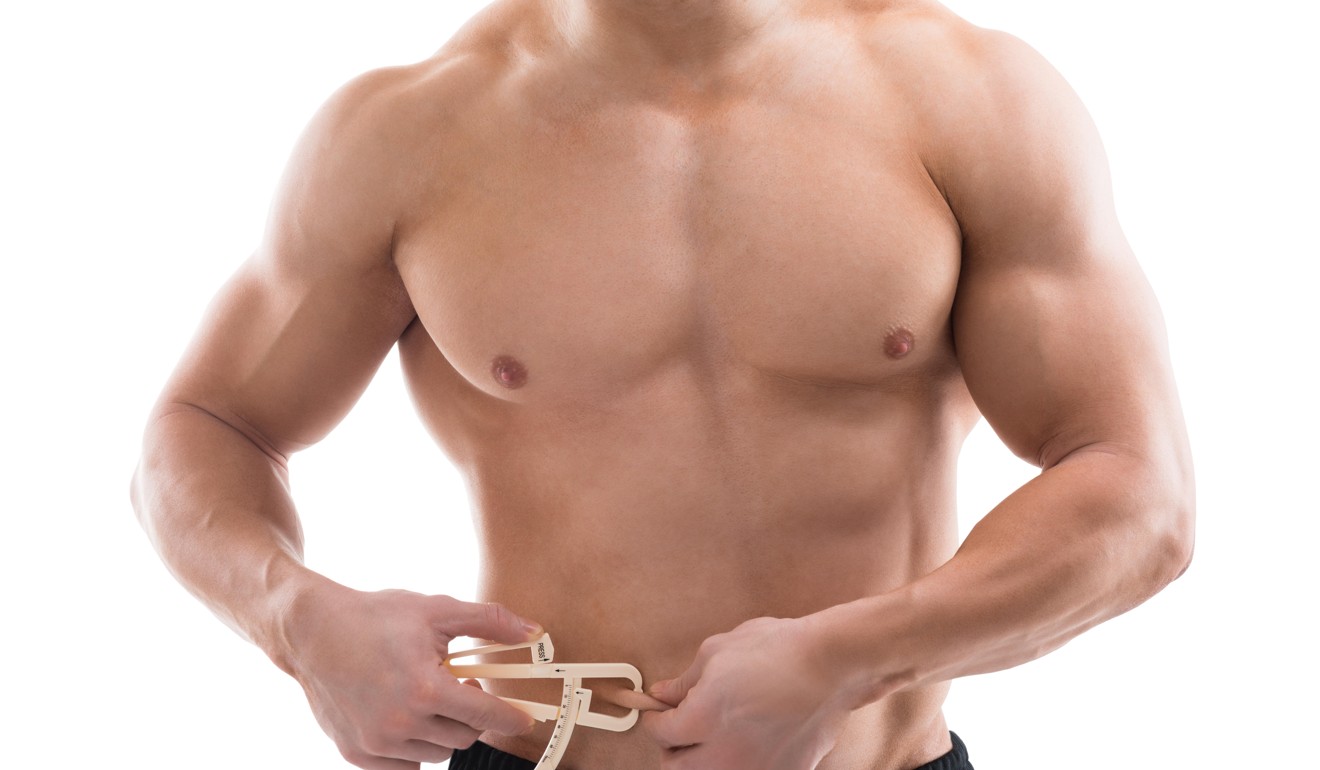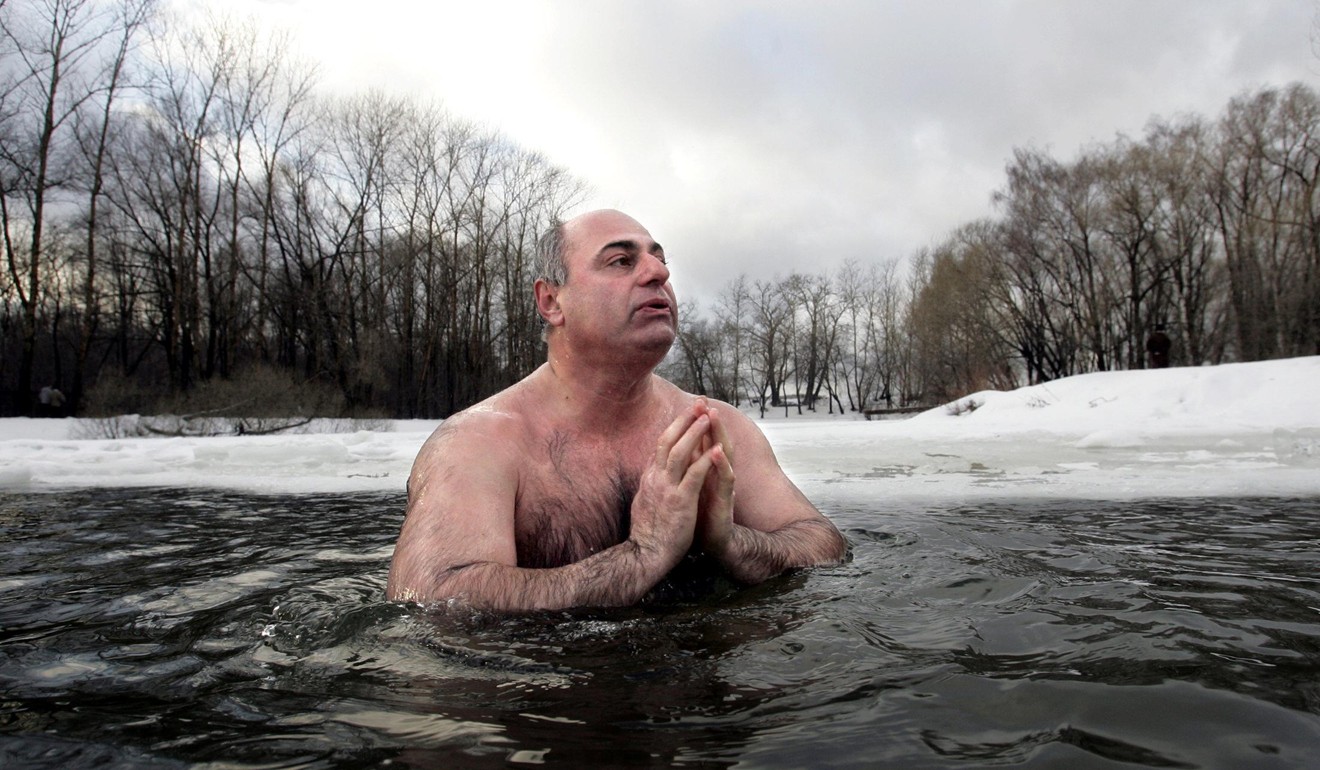
Brown fat vs white fat: how one helps fight obesity by burning energy rather than storing it
While white fat stores energy, brown fat burns off the extra calories, expending energy you don’t want to store, studies show. Now we need to know how to add more brown fat
We might all be a little better off if we had more fat, researchers are discovering.
But before you reach for the crisps, know that they’re talking about a different kind of fat – brown fat, which is radically apart from the white fat that characterises obesity. In a sense, they’re opposites. One burns energy; the other stores it.
Why more whole foods, and no processed food, helps you lose kilos
Patrick Seale, associate professor of cell and development biology at the University of Pennsylvania’s Perelman School of Medicine, studies fats and their relationship to metabolic diseases such as diabetes. He recently received an outstanding early career investigator award for his study of brown fat from the Endocrine Society, an international association focusing on hormone research.
Seale knows the issues both as a scientist and as a regular guy. “I still struggle all the time with losing weight,” he said. “Maybe that’s why I’m fascinated with it. I just find it interesting to think about how all this works.”

He described the difference between the two fats. Brown fat functions to burn energy, and it does this to make heat. “The heat is really important, especially in small animals, for maintaining body temperature. For example, mice that have defective brown fat can’t survive in the cold,” he said.
“White fat is the most prevalent fat tissue, especially in humans. Its main function is to store energy. It expands when people eat more than they burn off.”
They actually are different colours. Brown fat looks brown, and the reason is it has a lot of mitochondria – what can be considered the energy powerhouses of the cell. They essentially make energy for cells, and brown fat has a lot of them.

“The colour of white fat is determined by the lipids that are stored there. It’s not really that white. In humans, it’s more of a yellow tinge. In mice, it’s white.”
White fat is found in the subcutaneous region – right under your skin and it surrounds your internal organs. It forms in a lot of places. It’s far and away the largest type of fat that humans have.
There is a lot less brown fat, and it’s in specific places. It is found in the largest quantities right around the collar bone. There are also small amounts along the spinal column, and quite a bit in the neck, but researchers don’t really know why.

“It might be that the collar bone, spinal column, and neck are just a good place to be for warming the blood vessels. Brown fat probably did not form to keep us from becoming obese. It probably evolved to keep us warm. The heat that it makes can quickly get to the rest of the body,” he said.
“Brown fat is good for us because it can burn extra calories; it can expend calories that you don’t want to store. You can kind of think of it a little like exercise. It will burn energy, except you don’t have to work. This energy would otherwise be stored in the body, so it actually counteracts obesity in that way. It’s very clear that mice with more brown fat do very well. They are protected against obesity and diabetes.
How a naturopath made herself well, and how she helps others
“White fat is also good. The reason is that it’s essentially a safe place to store lipids. Obesity happens when more energy is taken in than is expended. That energy has to go somewhere. Up until a certain point, white fat can handle it. The energy is converted to lipid and stored in white fat.
“However, if the oversupply of energy is chronic, the fat cells eventually become overburdened and aren’t able to store the lipid any more. It ends up going to liver, pancreas or muscles, and that causes all kinds of problems.”
It is not yet known whether we can get more brown fat by altering what we eat, Seale said, though there was a lot of interest in that – particularly from big drug makers who are trying to figure out how we can make more brown fat.

“The one thing people can do is to expose yourself to the cold. There are a lot of people who think that is a good thing to do,” Seale added. How cold? “It’s different for each person. Certainly not to the point where you shiver. There are a lot of studies now looking at reducing environmental temperature to see if that can have effects on obesity and diabetes. It’s very promising.”
He cites a Japanese study, in which subjects sat in a cold room – 19 degrees Celsius – for two hours a day over the course of six weeks. “People lost quite a bit of weight,” he said.
There are a lot of studies now looking at reducing environmental temperature to see if that can have effects on obesity and diabetes
Seale’s team is trying to figure out how the genetic pathways for both brown and white fat cells are made, to understand the molecules and factors that go into this to figure out how to make more of it or stimulate it in different ways for therapeutic effect.
“The other thing we focus on is developing animal models so that we can understand what goes wrong in the setting of obesity and diabetes – how that affects fat tissue, both brown and white – and how we might be able to change the properties of that tissue to affect diabetes,” he explained.
“When an animal or human gets obese, that has major effects on the fat tissues. So we’re trying to understand what is happening – what is good, what is potentially bad – so we can think about ways to intervene. If we understand the bad consequences, we might be able to block the effects. If we understand the good consequences, we might be able to promote them.”
Brown fat holds a lot of promise for fighting obesity, he added.
“It’s a tough thing to crack, but that’s probably where the main thrust of the field is – how we can use our knowledge and develop ways to target brown fat to fight obesity. We have pretty good drugs for diabetes. Obesity is trickier. And obesity is often the thing that initiates these other problems.”

Science is revealing that fat is actually more like an organ that does all kinds of interesting things. “In every place in the body, the fat tissue is probably slightly different and doing different things, probably having important functions,” Seale said.
Intermittent fasting is a way to lose weight fast, but you’ve other choices
“We know now that, rather than being an inert organ, it makes a lot of hormones that communicate with other organs in the body. It makes things to talk to the brain, that talk to the muscles. I would say it coordinates or controls a lot of metabolism. It’s really an important thing to study.”

